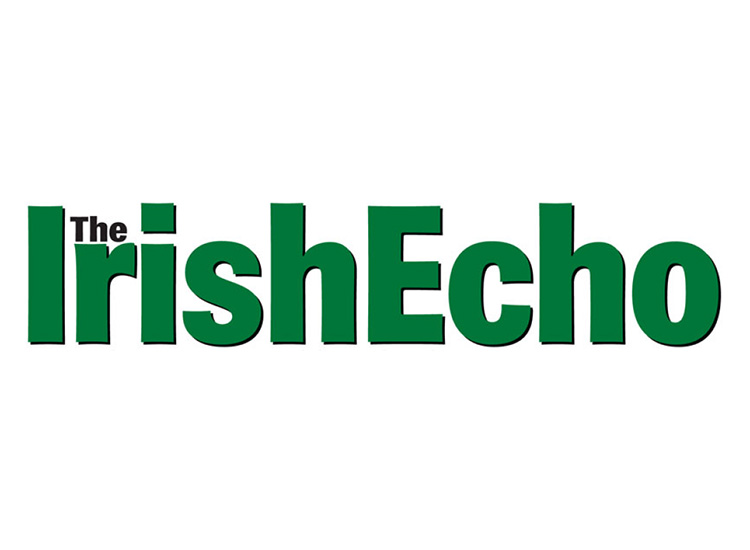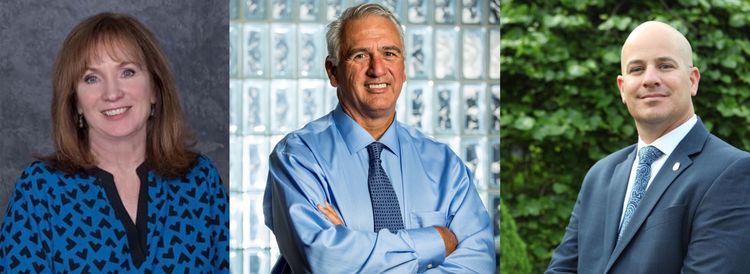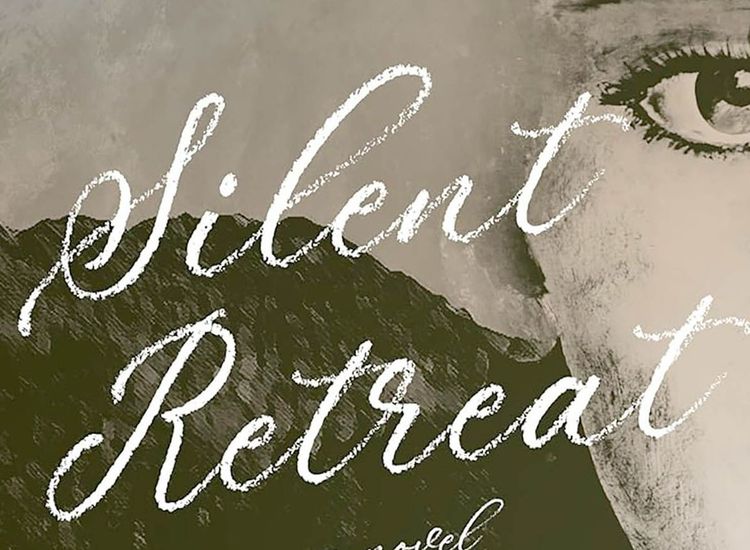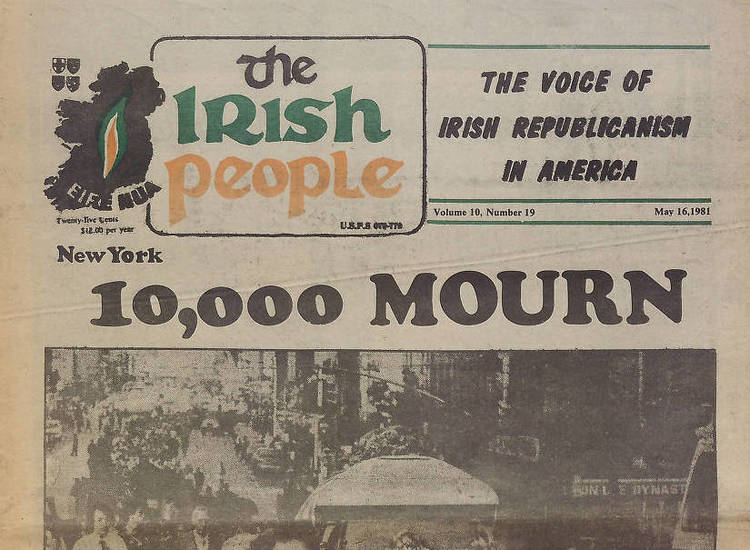Two of the skulls used to trace the distant ancestry of the modern Irish.
By Evan Short
The Irish celebrate their Celtic heritage above all else, but new research conducted by Trinity College Dublin and Queen’s University Belfast has discovered that the very oldest ancestors of today’s Irish may have come from the Middle East.
A team of geneticists from both colleges has sequenced the first genomes from ancient Irish humans, and the information buried within is already answering pivotal questions about the origins of Ireland’s people and their culture.
The team sequenced the genome of an early farmer woman, who lived near today’s Belfast some 5,200 years ago, and those of three men from a later period, around 4,000 years ago in the Bronze Age, after the introduction of metalworking.
Their landmark results have been published this week in the international journal, Proceedings of the National Academy of Sciences, USA.
The findings show that Ireland was subject to a huge amount of migration from both the Middle East and the shores of the present day Black Sea.
“There was a great wave of genome change that swept into Europe from above the Black Sea into Bronze Age Europe and we now know it washed all the way to the shores of its most westerly island,” said Professor of Population Genetics in Trinity College Dublin, Dan Bradley, who led the study.
“This degree of genetic change invites the possibility of other associated changes, perhaps even the introduction of language ancestral to western Celtic tongues.”
Dr. Eileen Murphy, Senior Lecturer in Osteoarchaeology at Queen’s University Belfast said scientific breakthroughs were allowing them to better trace the history of the people of Ireland.
“It is clear that this project has demonstrated what a powerful tool ancient DNA analysis can provide in answering questions which have long perplexed academics regarding the origins of the Irish,” she said.
“Whereas the early farmer had black hair, brown eyes and more resembled southern Europeans, the genetic variants circulating in the three Bronze Age men from Rathlin Island had the most common Irish Y chromosome type, blue eye alleles and the most important variant for the genetic disease, haemochromatosis.”









